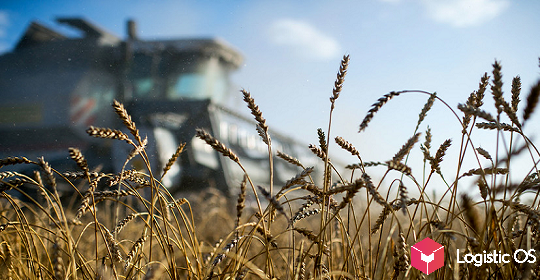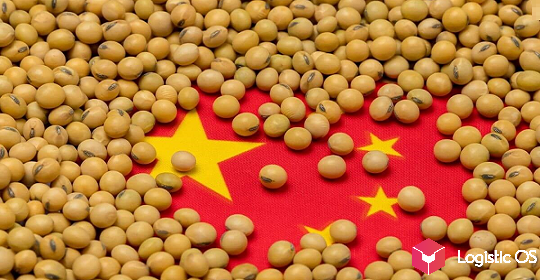According to a number of experts, crop products remain relatively cheap on world markets, while production costs are rising.
Analysts note that agricultural producers around the world today have to face quite serious challenges. First of all, we are talking about economic problems.
For example, profits are falling, while production costs are rising: agricultural machinery, fertilizers and other types of goods that are important components in the production of agricultural products are becoming more expensive.
Experts note: the current situation is the most negative since 2019 in terms of the marginality of agricultural production.
Almost all companies operating in this area currently have minimal profits, and some are even operating at a loss or are forced to reduce production volumes.
At the same time, this situation will most likely persist at least until next year, experts emphasize. Thus, it is impossible to give any positive forecasts in this regard yet.
The trend that has been established in crop production in general is also clearly visible in its individual sectors.
For example, wheat trade has slowed down. In the last few months of 2025, its purchases have sharply decreased by the main world importers, including China and Egypt.
The reason is the accumulation of significant reserves and a drop in demand.
At the same time, supply continues to flow. In the current season, according to the forecast of the US Department of Agriculture, world wheat production should increase by about 15 million tons.
This means that the balance of supply and demand will be shifted even more towards the latter. And this may become a driver for an additional price reduction, despite the fact that today it has already been established at fairly low levels.
A similar situation is developing in other sectors.
For example, it is highly likely that corn producers such as the United States, Brazil and Russia will increase its harvest by 46 million tons this season.
As a result, competition on the world market for buyers will intensify, so this crop may continue to become cheaper, experts warn.
As for soybeans, their production on a global scale may amount to 428 million tons, which is also an increase.
Therefore, soybeans risk becoming much cheaper: to their minimums over the past 10 years, which will be a big test for companies engaged in its production.

